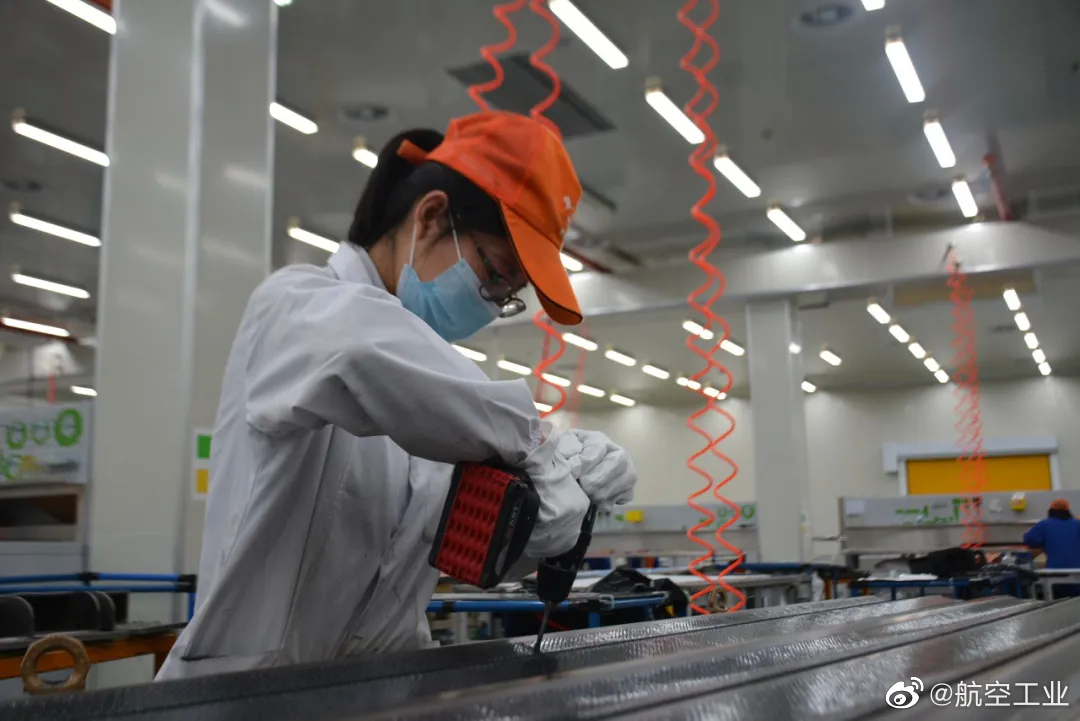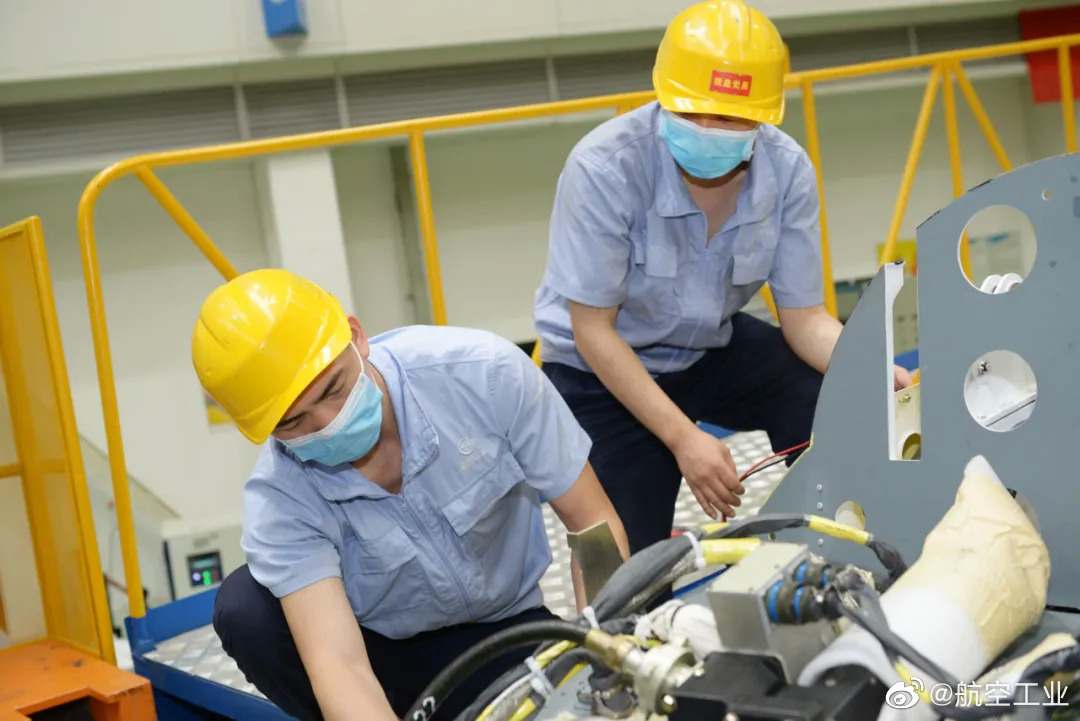You have to be careful with integrating IRST. There are downsides of this arrangement. Not only does it increase the per unit cost, it also increases weight. So the advantages of increased thrust that you just gained may vanish if you keep packing in more subsystems.
I think a podded IRST + Datalink is a better solution over all. That gives you the flexibility of selecting 1 aircraft in each group to mount an IRST, and it can share the picture with everyone else via datalink. That's also what the USN is doing with the Super Hornet's upgrade.
The decision to upgrade the engine has given the whole project more time in development (like 2+ years.) They can use that time to pack in more capability, but they need to choose wisely and only select the most needed systems which will have the highest impact.
I think a podded IRST + Datalink is a better solution over all. That gives you the flexibility of selecting 1 aircraft in each group to mount an IRST, and it can share the picture with everyone else via datalink. That's also what the USN is doing with the Super Hornet's upgrade.
The decision to upgrade the engine has given the whole project more time in development (like 2+ years.) They can use that time to pack in more capability, but they need to choose wisely and only select the most needed systems which will have the highest impact.
Last edited:








